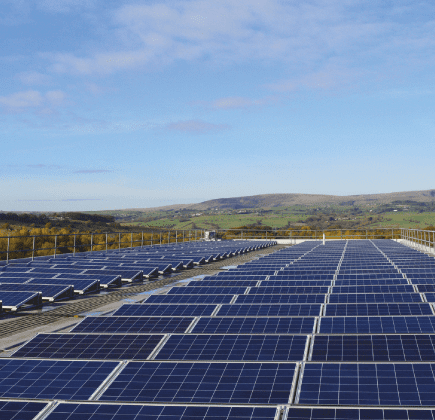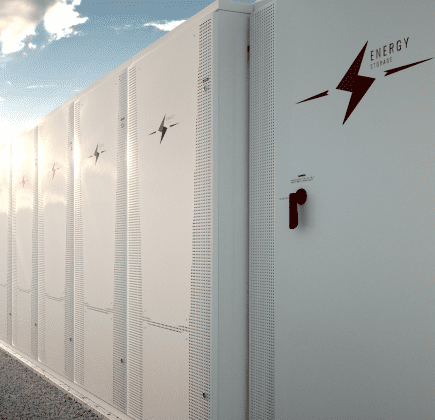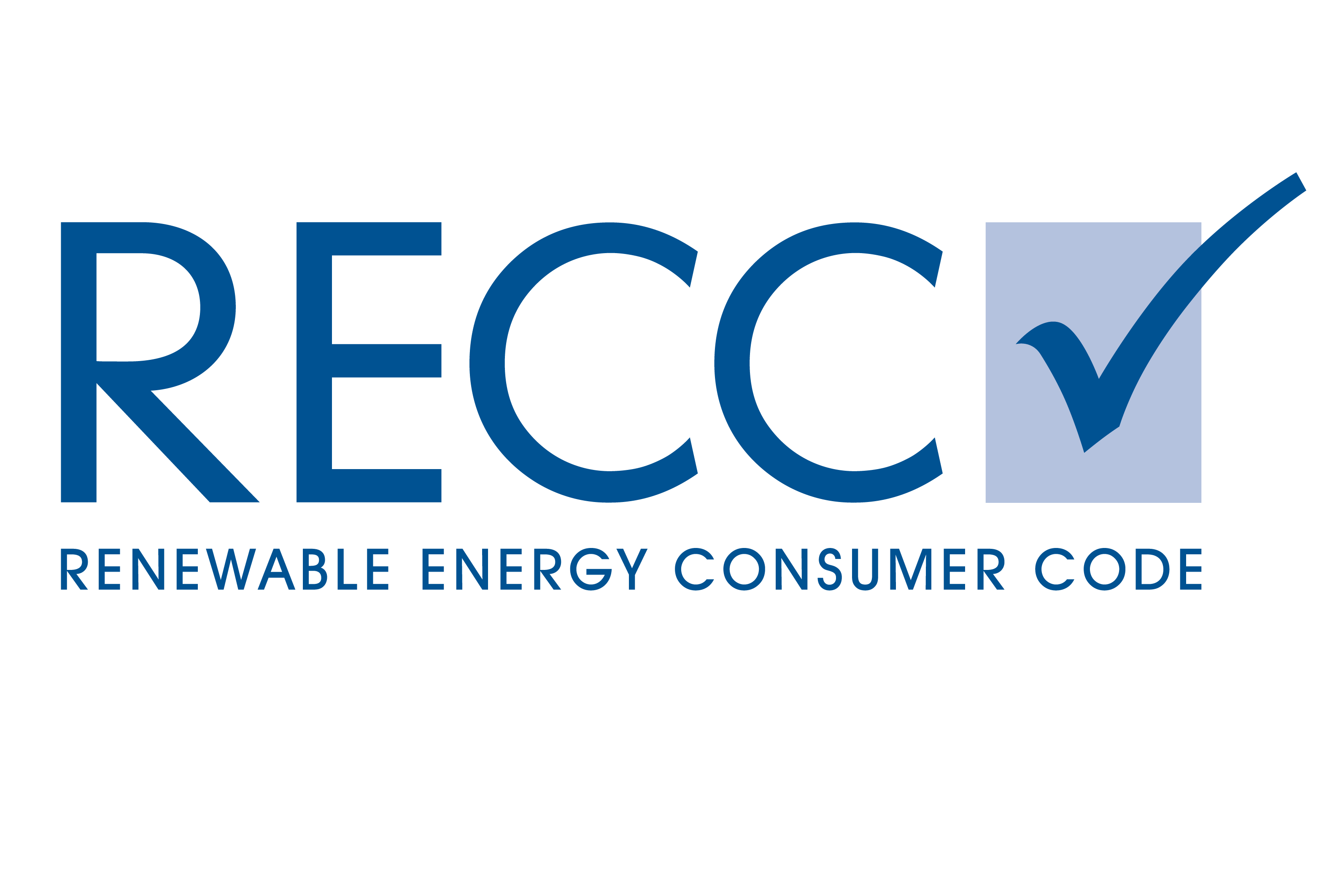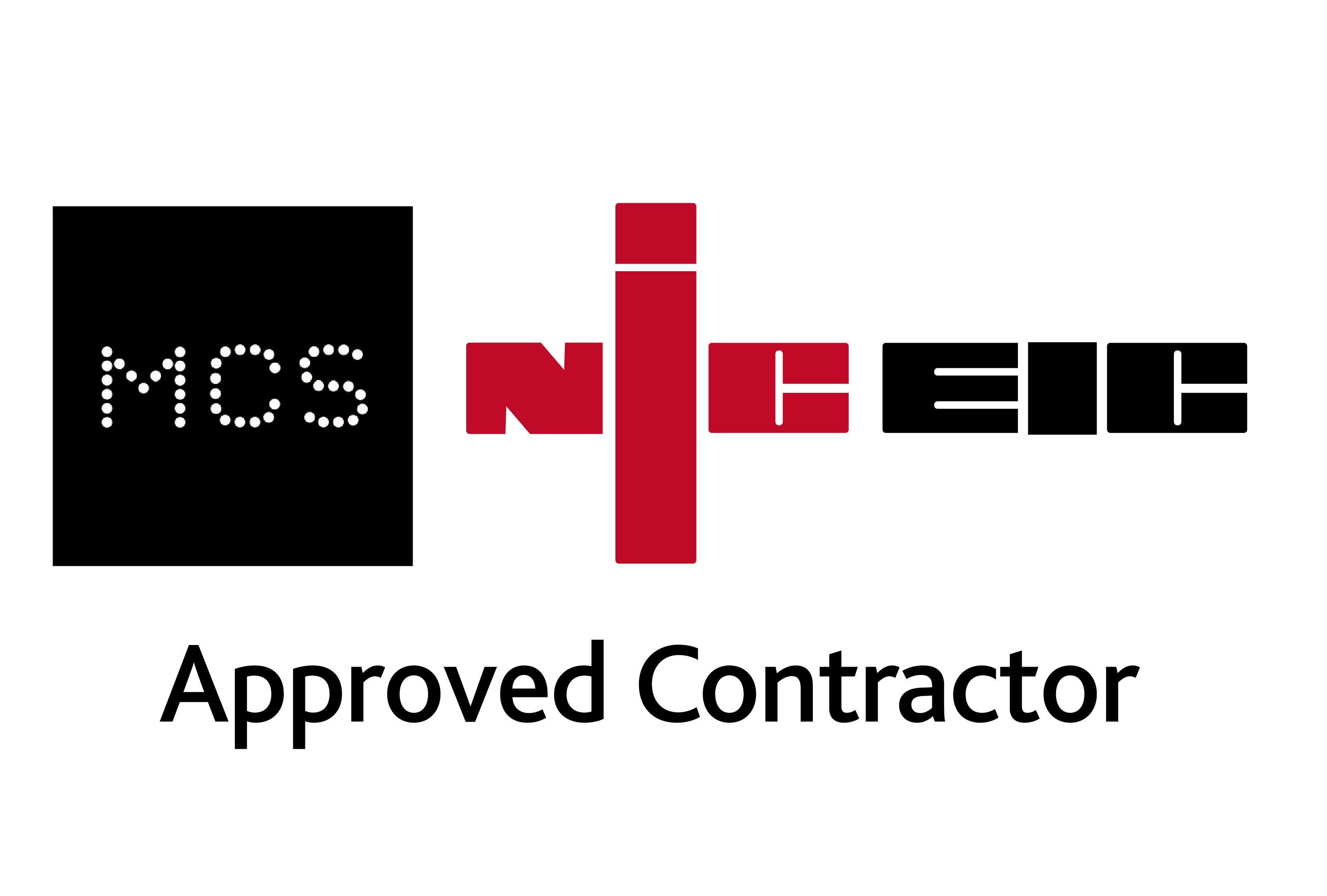
What can we learn from Solar Impulse 2?
If you’ve been following recent news, you’ll know that Solar Impulse 2, a solar plane, has just completed its first round-the-world trip. That’s not all Solar Impulse 2 has achieved; the plane, which operates via solar power alone, was the first of its kind to complete a round-the-world trip – demonstrating the potential Solar PV has when it comes to travel.
A solar-powered adventure
The solar-powered aeroplane, which carried more than 17,000 solar cells on its wings, spent more than 23 days in the air. It completed the 40,000 km trip using solar panel alone, successfully tackling all the usual aviation issues including turbulence. The journey shows that long haul solar power is possible; it just needs support and investment from those with authority.
About the potential of solar-powered planes and travel, the solo pilot, Bertrand Piccard, told The Guardian:
“These technologies now can make the world much better and we have to use them, not only for the environment, but also because they are profitable and create jobs.”
How did it work?
You may be wondering just how Solar Impulse 2 managed to successfully complete this epic trick. It all comes down to good engineering and energy saving measures, encouraged in all renewable energy practices.
The 17,000 solar panels charged the plane’s batteries by day as the pilot flew at 29,000 feet. Come night, the pilot glided down to 5,000 feet to conserve power.

What can we learn?
Solar powered planes, in reality, are a little impractical – with regular trips taking days rather than hours. However, this experiment does show the potential of solar power and capabilities of renewable energy. If it’s possible to successfully power a plane with solar, what about our everyday transport like buses, cars, and even freight vehicles?
Electric cars are already making waves across the world and growing in popularity, with talks about making their usage more widespread. Powered by battery, eclectic cars are more energy efficient, environmentally friendly, and reduce our energy dependence too.

Solar powered cars could soon be a thing of the future too, thanks to new technology. Earlier this year, German solar company Heliatek described their plans for a solar-powered car while in 2014, Mercedes-Benz rolled out its vision for G-Code, a solar painted car. With so much innovation going on in the automobile industry, it does look like the solar powered car will soon be here.
If you’ve got an electric car or you want to make your workplace or public space EV-friendly, why not take a closer look at our EV Charging Solutions? With three separate solutions available – for the domestic user, businesses, and for public use – you’re sure to find an EV charging product to suit all of your requirements.
What are your thoughts on solar-powered travel and how do you see things changing in the future? Share your thoughts with us in the comments below or tweet us @LowCarbonEnCo
 Energy Technology
Energy Technology

Powering your present. Preserving your future.
Call us on 01282 421 489

strategy be a priority?










